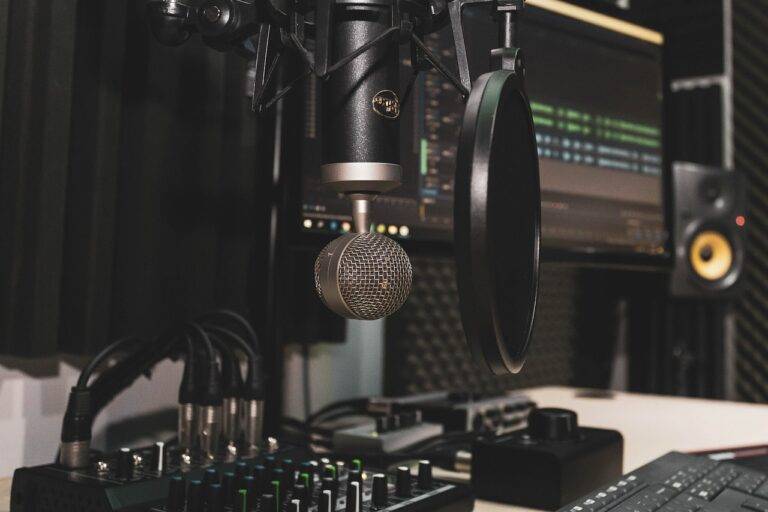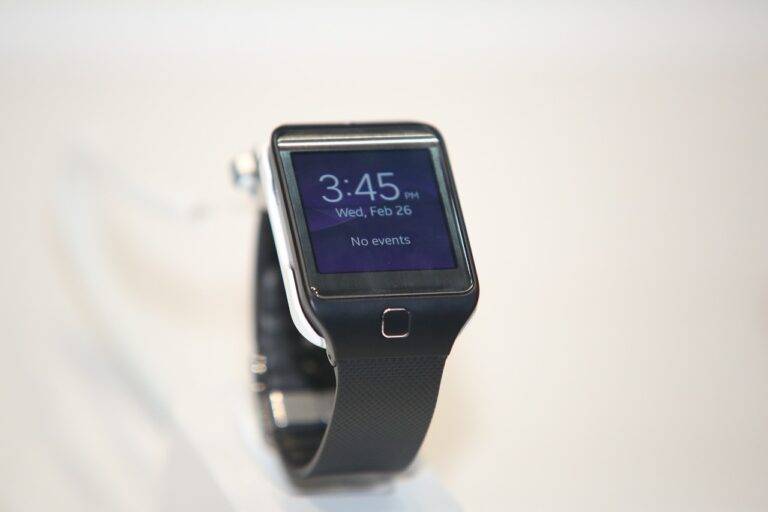Digital Twins: Revolutionizing Industrial Processes
Digital twins are expected to play an increasingly pivotal role in industrial processes in the coming years. One future trend is the integration of artificial intelligence and machine learning algorithms into digital twins to enhance their predictive capabilities. By analyzing vast amounts of real-time data, these advanced digital twins can anticipate potential issues, optimize performance, and make proactive recommendations for improved efficiency.
Another key trend is the utilization of digital twins for remote monitoring and control of industrial operations. With the rise of Internet of Things (IoT) technology, companies can leverage digital twins to remotely manage their assets, troubleshoot problems, and even conduct virtual simulations to test different scenarios. This trend not only enhances operational efficiency but also reduces the need for on-site personnel, leading to cost savings and improved safety measures.
What are digital twins in the context of industrial processes?
Digital twins are virtual replicas of physical assets and processes that can provide real-time insights and simulations to optimize operations.
How are digital twins being used in industrial processes currently?
Digital twins are currently being used for predictive maintenance, process optimization, and performance analysis in various industries.
What are some future trends in the use of digital twins in industrial processes?
Some future trends include the integration of AI and machine learning algorithms, increased use of IoT sensors for data collection, and the development of more advanced visualization tools.
How can digital twins help improve efficiency in industrial processes?
By providing real-time insights and simulations, digital twins can help identify inefficiencies, predict maintenance needs, and optimize processes for improved efficiency.
Are there any challenges to implementing digital twins in industrial processes?
Some challenges include data integration from various sources, ensuring data security and privacy, and the need for skilled professionals to manage and analyze the data generated by digital twins.





